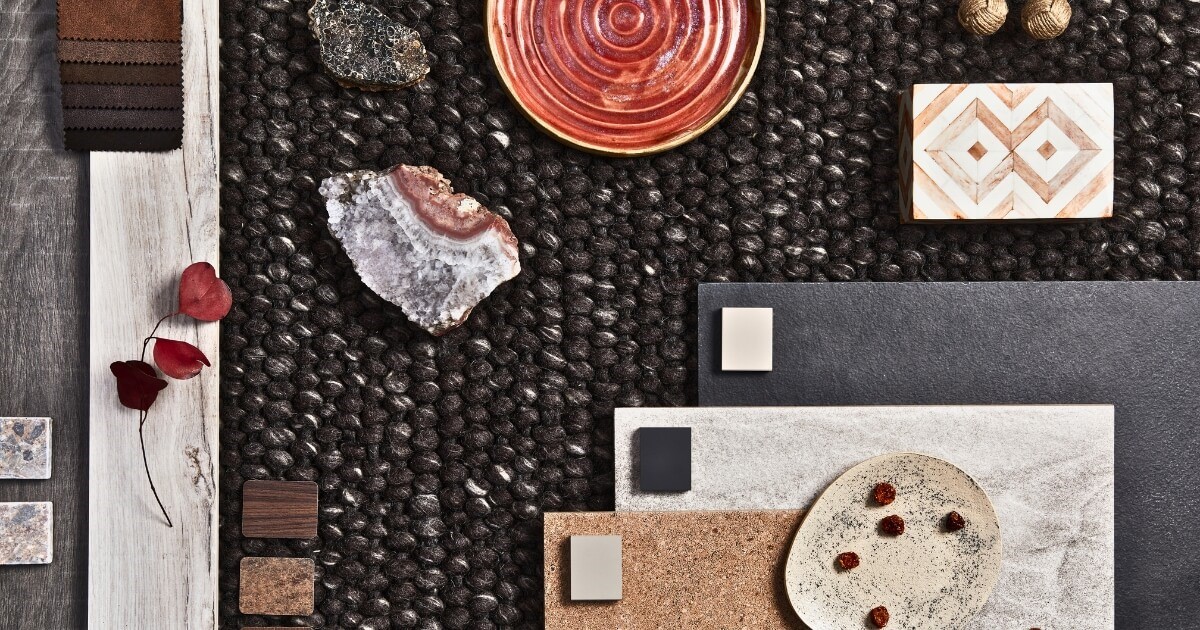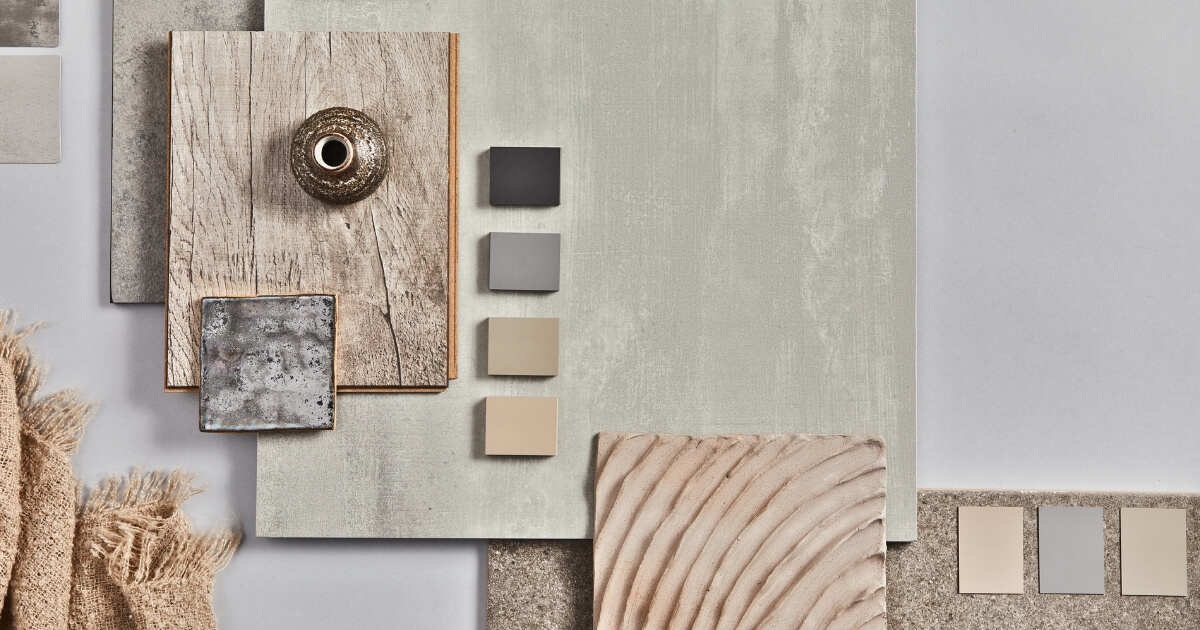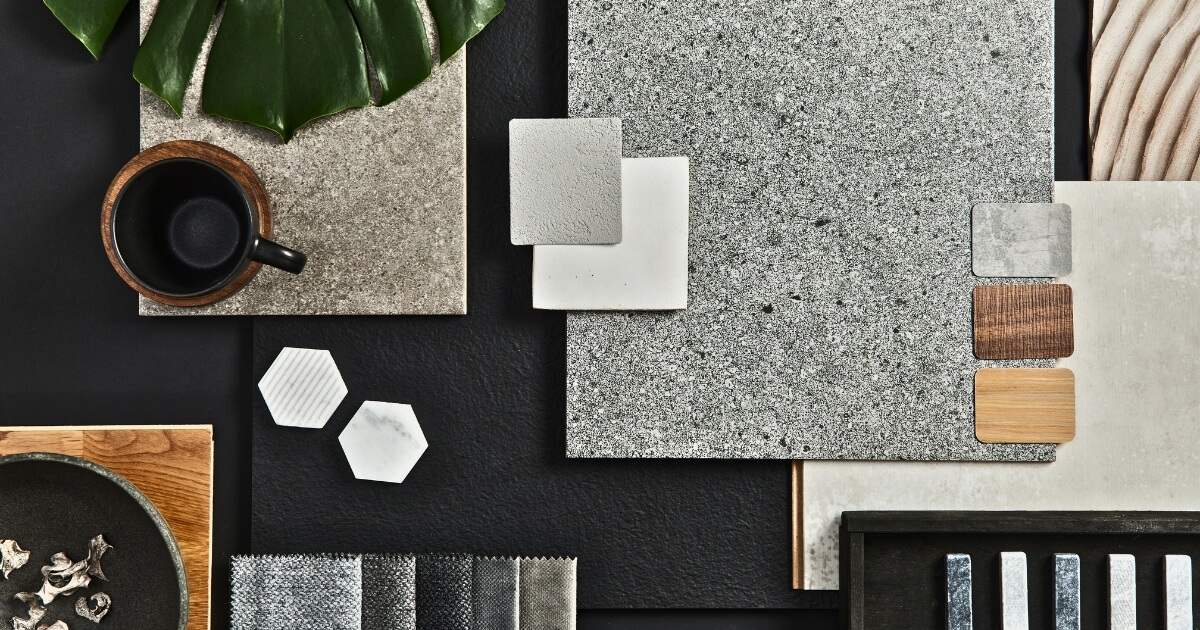At Adina Designed Interiors we can cater for all your cabinetry needs. We pride ourselves on good honest advice, professionalism and quality work built to last.
How To Create An Interior Design Mood Board That Is Useful

Are you looking for an easy and enjoyable way to get inspired when it comes to an interior design project you’re starting? Making a mood board is a great way to bring your ideas together and create imagery that can help inform your creative decisions. If you’re working with an interior designer, it’ll also help them understand your vision and what you like.
A mood board is essentially a collection of images, colours, fabrics, textures, objects or pieces of furniture that compliments and supports the theme you want in your space. Here, we'll guide you through the process of creating an interior design mood board that will be both useful and inspiring! Let’s get started.
Step 1: determine the overall feel and style you’re going for
Creating a vision for your home is exciting, and it can be easy to get caught up in the whirlwind of decorating possibilities. However, it's important to take a step back and determine the overall feel you want to create in your living space. Are you going for a cozy, rustic vibe or a sleek, modern one? Maybe you'd like a bohemian-inspired home filled with eclectic decor.
Once you've worked that out, it will be easier for you or your interior designer to choose finishes and colours that complement the look you want to achieve. Our interior design Bundaberg team will, of course, know all the design style terms but you may not. So if you a see design label popping up over and over, you can start searching that phrase also and see if it applies to the style you like.
Step 2: gather design inspiration

If you’re not sure where to start, browsing Pinterest, magazines, blogs, and other websites is a great way to gather inspiration for your interior design project. You might find yourself drawn to certain colours, textures, or patterns that you hadn't considered before. Or perhaps you'll discover a new design style that perfectly fits your personality. At this stage, you’re just “window shopping”.
Take a look at some of the interior design mood boards we've put together.
Step 3: collect ideas
When it comes to collecting ideas for a creative project, having a mood board can be incredibly helpful for you and your interior designer. But what’s the best way to go about gathering everything in one place? One option is to print out images and add them to your board physically - having a physical mood board. Another option is to save them directly to a digital mood board like a file on your computer or Pinterest board. But don't forget about the tactile elements – including fabric samples and colour swatches that can add an extra layer of inspiration that will help bring your project to life.
Step 4: organise your images into categories

Take the time to create different mood board sections for your furniture, window treatments, wall art, and any other categories that make sense for your particular needs. This will save you from endless scrolling through pages of unsorted files and being able to find that one image you saved of the perfect tiles or lamp for the bedroom.
Add notes & labels
When categorising and collecting ideas, adding notes or labels to what you’ve put on the board is very helpful. Did you want that tile for the bathroom or kitchen? And which room was that window treatment meant for? You probably won’t always remember what you were thinking at the time you chose a specific sample or colour so this will really help streamline your process in the end.
Make decisions once you have everything in one place
Making decisions can be tough, especially when it comes to design. But don't worry - once you have all the elements together in one place, you'll be able to see how they fit together and decide on which direction to take. It's like putting together a puzzle - each piece may seem insignificant, but when you step back and look at the big picture, it all falls into place. So take a step back, evaluate the elements of your design, and trust your gut. Your interior designer can also help you here and this is where they really come into their own. They’re used to dealing with a variety of elements and know how to bring them all together.
Bring your mood board to your interior designer
One of the most important things an interior designer needs to know is what style works for you. And what you like. So putting together a mood board for them is a great way to show your vision and preferences. Our interior design Bundaberg team loves to check out mood boards. And they follow up with tips on how to incorporate different colours, fabrics and textures into the new design of your home or room so get in touch if you’d like some help. And now, it’s over to you to start creating your mood board.
Adina Designed Interiors
Queensland Wide Service
Bundaberg
2/35 Enterprise St
Bundaberg Central, QLD 4670
Ready to have your design vision come to life?
Get our creative team of designers and craftsmen to help you create a memorable space.